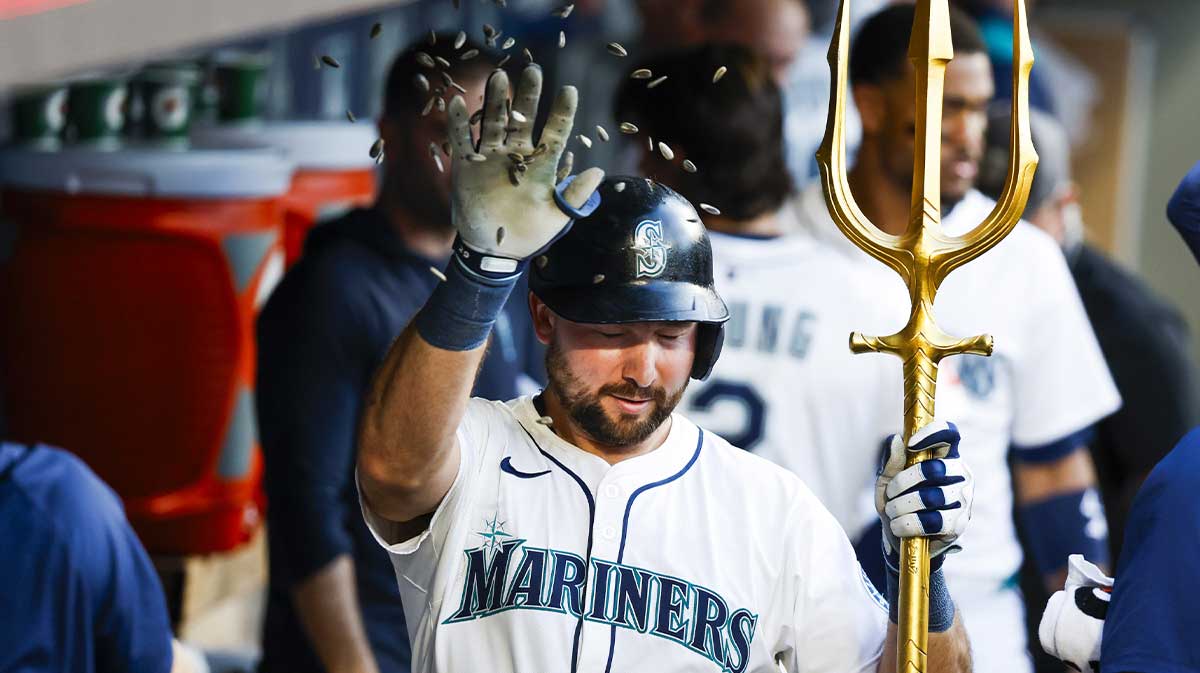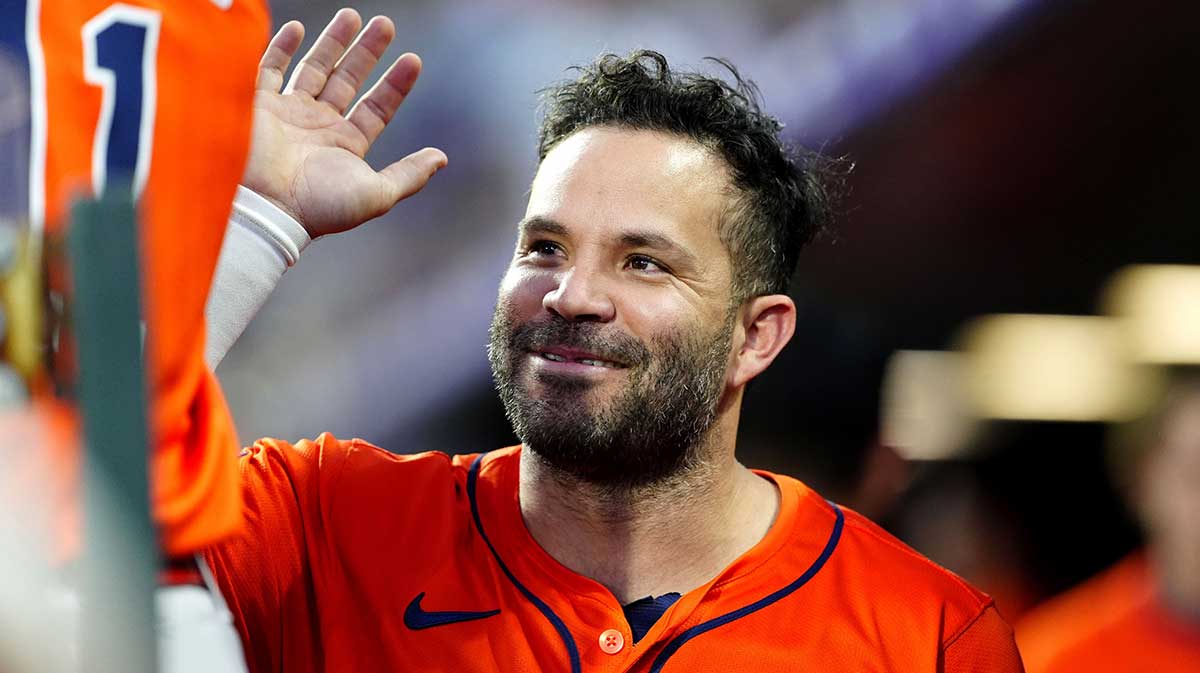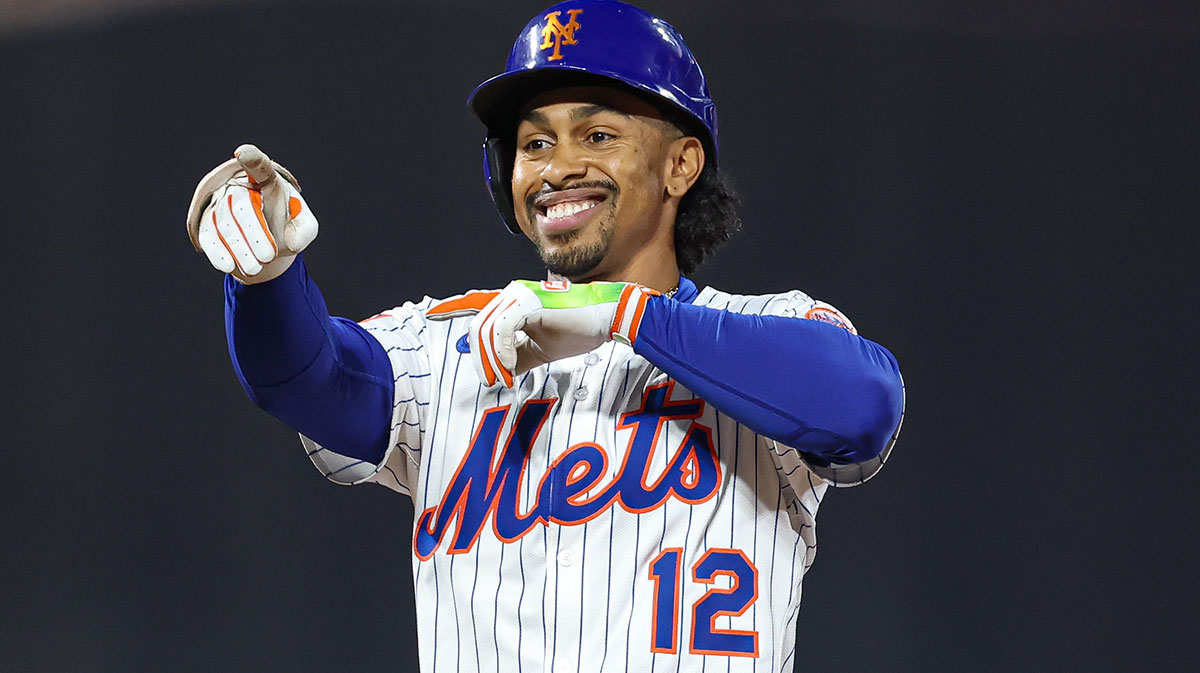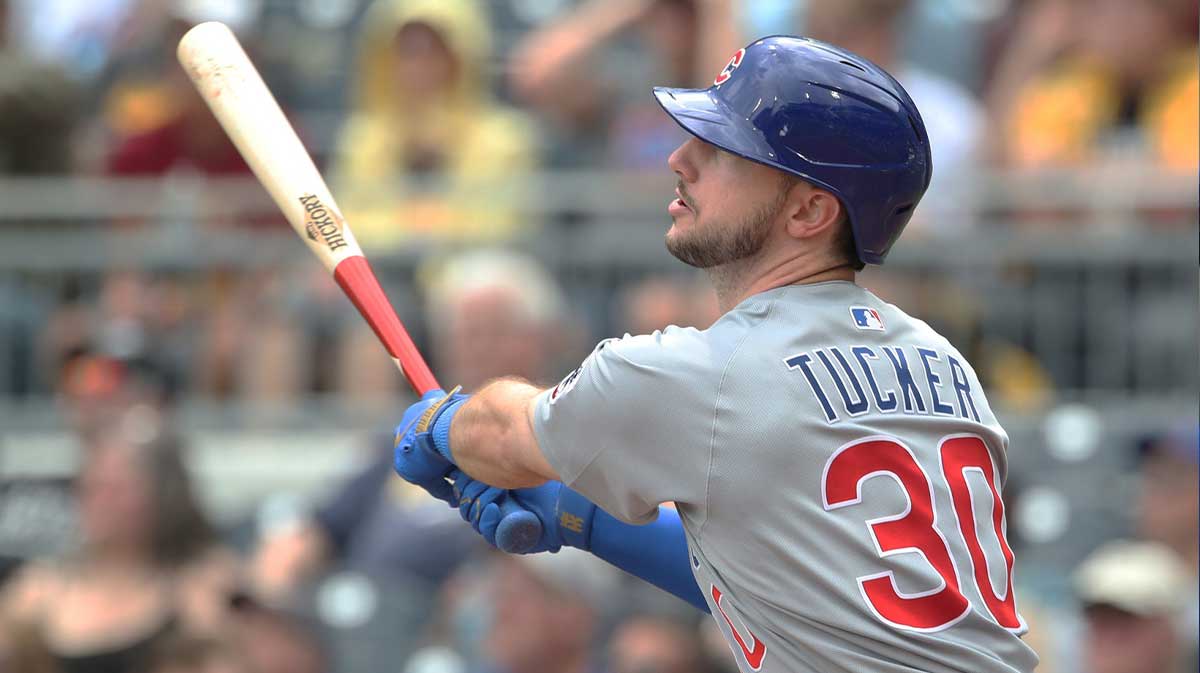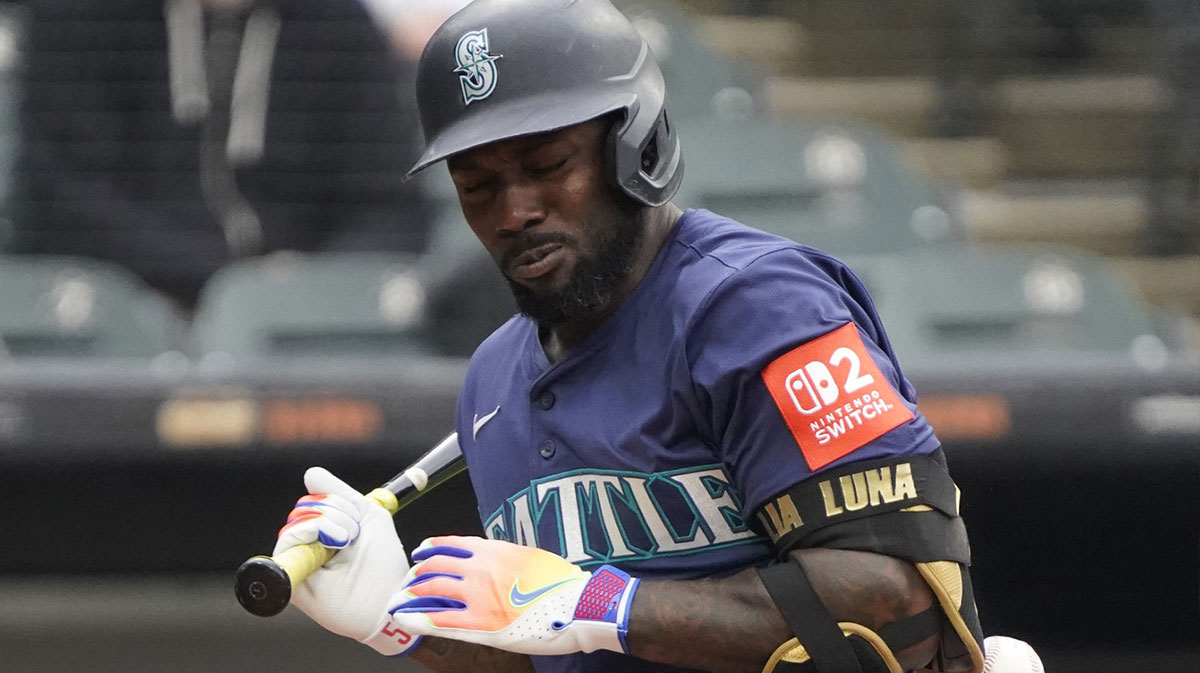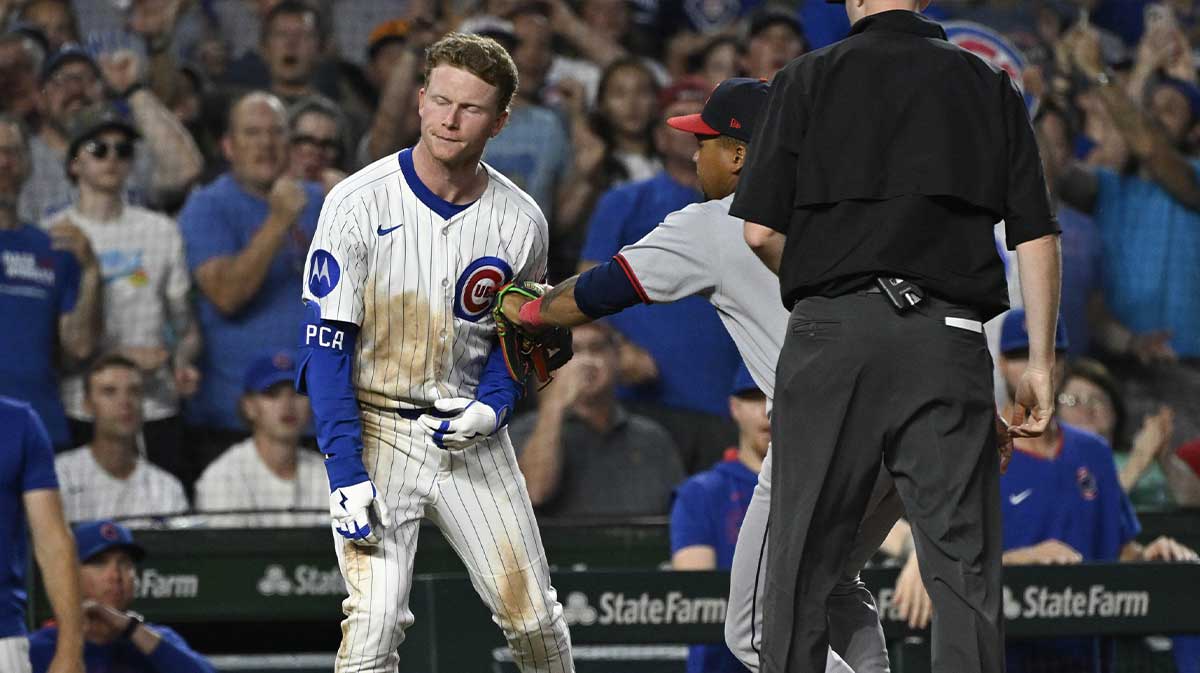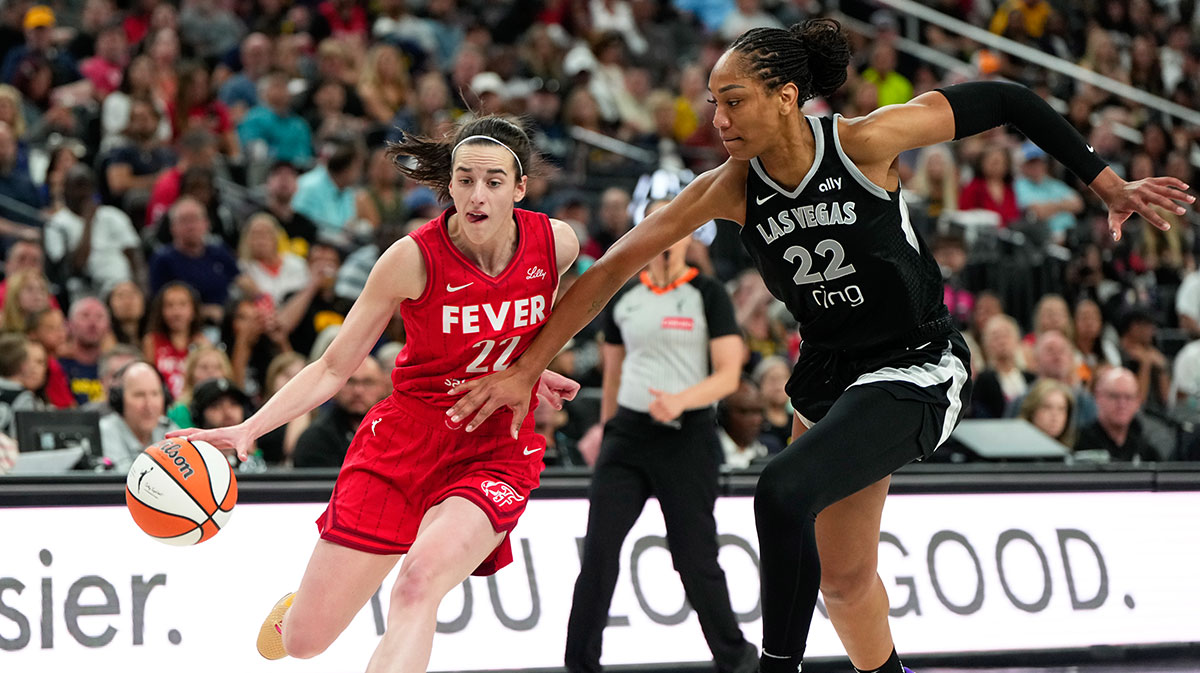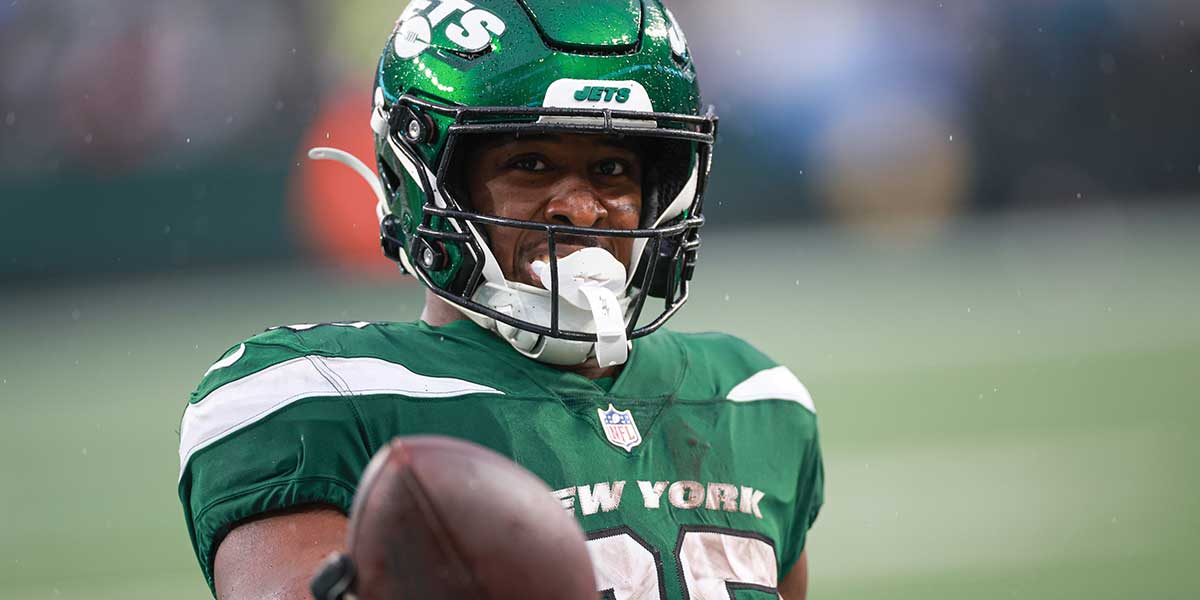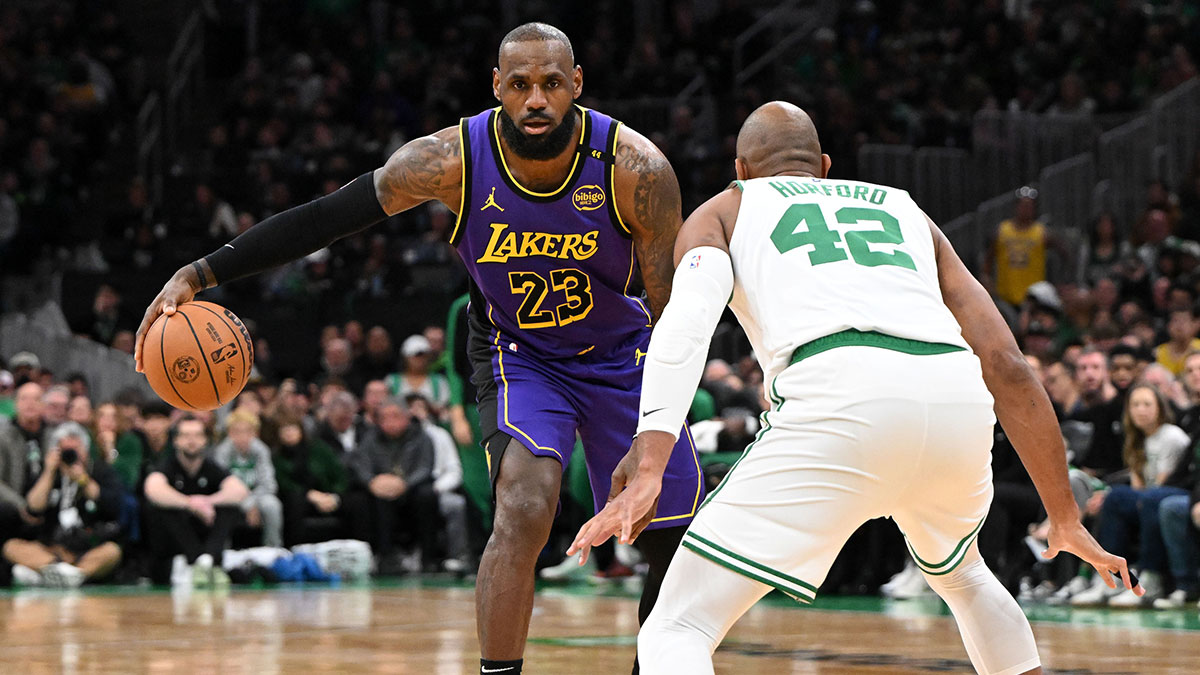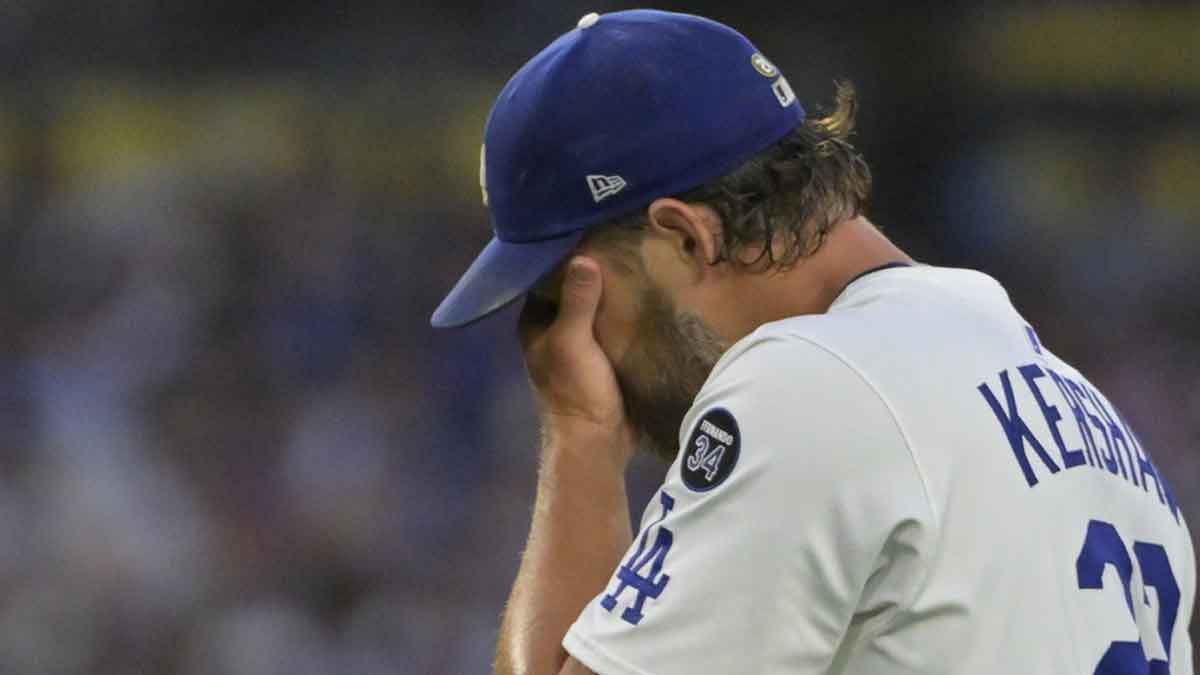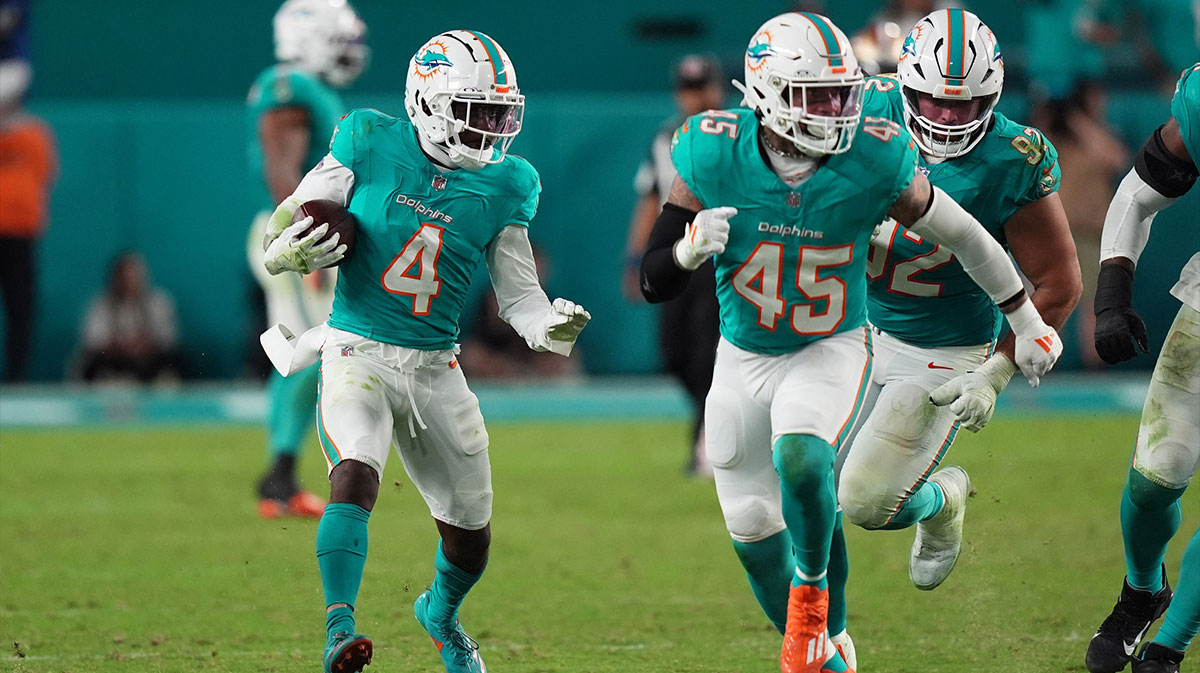It took longer than it probably should have, but college basketball is finally moving in the right direction, extending the 3-point line to 22 feet, 1¾ inches. For the sake of clarity, it was previously at 20 feet, 9 inches.
The decision to push the line out is helpful in a variety of ways.
College basketball, a sport where few can shoot efficiently and create their own offense as is, has been marred by poor spacing for years. Even when teams implement schemes and players who can shoot from distance, because the 3-point line was essentially a long mid-range jumper, cutting to the basket and general at the rim attempts often proved futile.
This past season, a solid example of this was RJ Barrett, who came to the Duke Blue Devils as a projected elite finisher at the rim. However, since teams were able to sag off Duke's poor shooters, coupled with the line being so close to the charity stripe anyway, anytime the youngster went to the basket he was met by numerous players.
Alas, it's important to note the 3-point line's next cutting mark on the hardwood is not a cure-all. As inferred above, players will at least need to show the willingness to shoot from distance. Otherwise, it can result in a similar situation Duke found itself in last season, with the UCF Knight using Tacko Fall to lightly defend Tre Jones since the Blue Devils guard was both too inept and unwilling to use the situation to his advantage.
For a specific example, here's the aforementioned Fall barely guarding Jones, allowing to sink under the basket to help deter a Zion Williamson attempt at the rim.
In theory, though, situations such as putting a giant on a guard becomes less prominent even if the guard is an incapable shooter. By forcing space, which the extended 3-point line will, it limits the options for defenses. It's unrealistic to ask a giant member of the human species, even the strategy is to sag, to cover so much floor.
Sagging off poor shooters will continue, although it comes at the greater risk of peril since teammates of the wayward threat will have increased room to swing the ball or attack the rim for a kick out if/when defenders crash in on him.
Furthermore, it can continue to work in meager doses; though offenses will eventually remove the ball from primary handler's hands, then ask him to set a screen for a teammate, forcing the defense to sag less — even if the decreased sagging is relative. Other variable offensive strategies far more complex than a simple pick-and-roll would work as well.
Less obvious impact will be had elsewhere with this new implementation. Every player in college basketball will have a change in value. Legitimate 3-point threats will become increasingly rare, raising their market worth on the recruiting trail and on rosters.
Essentially, a less overall skilled player who can shoot might now find himself regular minutes in a rotation since fewer players are likely to be as effective from beyond the arc. To be Camp Crystal Lake clear, that's conjecture at this point, as there's no data to back it up — though, assuming a shot from deeper distance is going to weed out previously “decent enough” 3-point shooters is a safe thesis to have.
Fallout will be had with coaching as well. Plenty of the sport's best have gone away from micromanaging offense, embracing new-math suggesting just how valuable 3-pointers are. With the line pushed back to the point it should alter how teams were previously attempting to space the floor, a possible return to overseeing every minor detail could be looming.
It might not. Early in the season, though, as teams adjust to the line and figure out who is sincerely capable of hitting from distance, it wouldn't be stunning to witness coaches far more active in calling plays in the 2019-20 season — somewhat distancing themselves from a recent trend of allowing the talent-level of each roster dictate the system a coach implements.
The idea of forced spacing is real, nonetheless. College basketball is slowly inching to the NBA's distance, but getting to FIBA regulation threes is an important step. Removing jammed paints, unwarranted mid-range jumpers from the game (they'll now be more welcomed), and inferior teams no longer simply winning by forcing a barrage of shots from distance, are all net-positives.
If nothing else, and it could certainly be nothing else, this should heighten college basketball's appeal. More free-flowing, fewer strained offensive systems are something the entire sport has been working toward for roughly a decade.
Nothing in collegiate hoops is perfect. Coaches now getting more live-ball timeouts and increased replays can hurt it from an entertainment standpoint, but the decreased time in the shot clock and the better spacing the new 3-point line should bring not only helps to offset some of the issues, but could create a more consumable product. Obviously, much of this is preference based.
Nevertheless, we won't know the new 3-point line's true impact until games are played. This is unlikely to be evident early either, as the season is only a few months away and programs will be adjusting to it on the fly.
At its new distance, the 3-point shot's value finally feels worth it. Not as it had, with too many people — smartly — abusing a far too easy to be made shot that comes with extra value.
With that being the case, here's to hoping college hoops begins to look more like basketball again, and not a game of who can take advantage of the new math best.
–
Editor’s note: This column first appeared on Forbes, but has been republished under the original author’s name at ClutchPoints thanks to the publisher-contributor agreement.
Joseph Nardone has been covering college basketball for nearly a decade for various outlets in a variety of ways. You can follow him on Twitter @JosephNardone.
Also, be sure to follow the ClutchPoints NCAA Facebook page for more great college basketball discussion.

